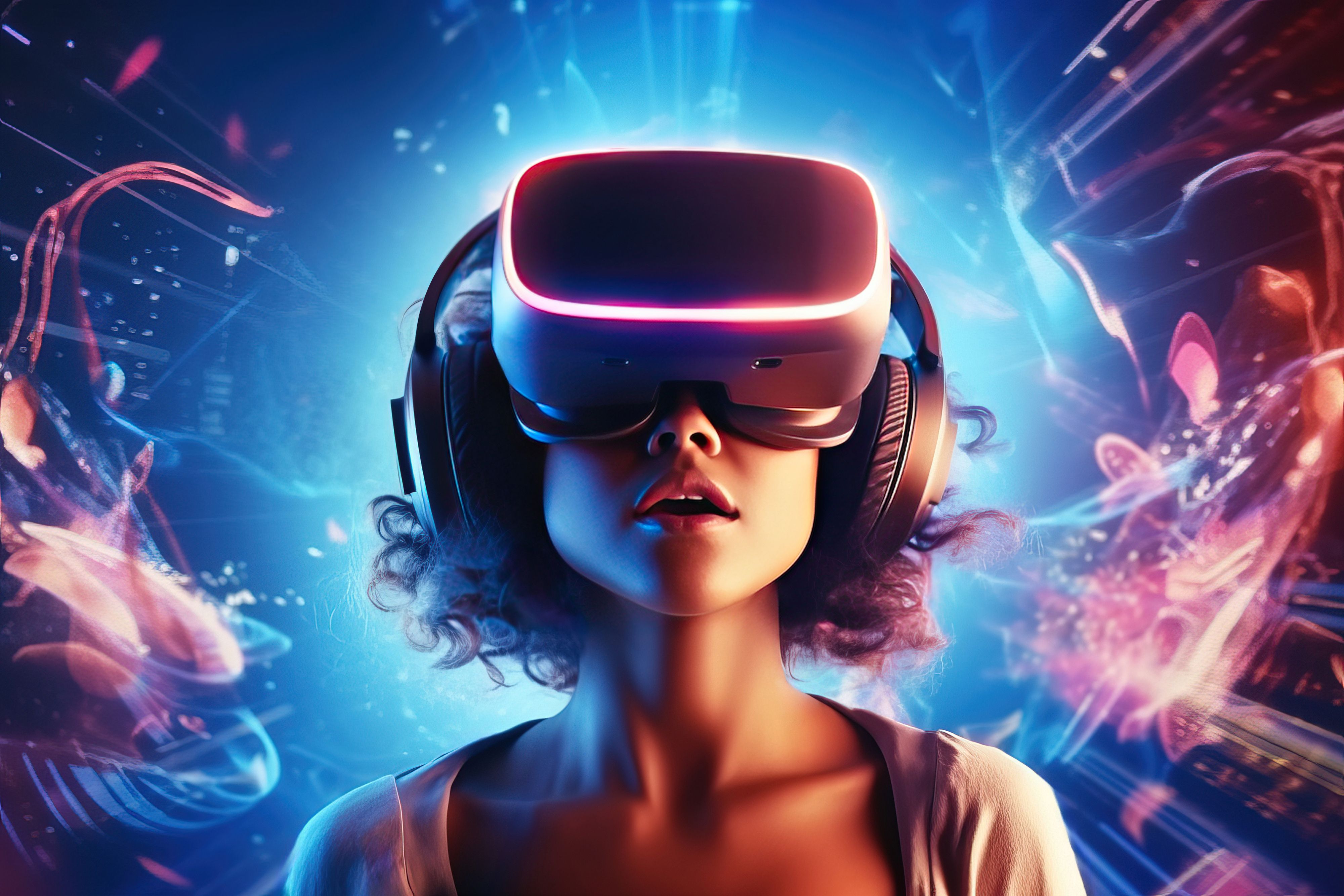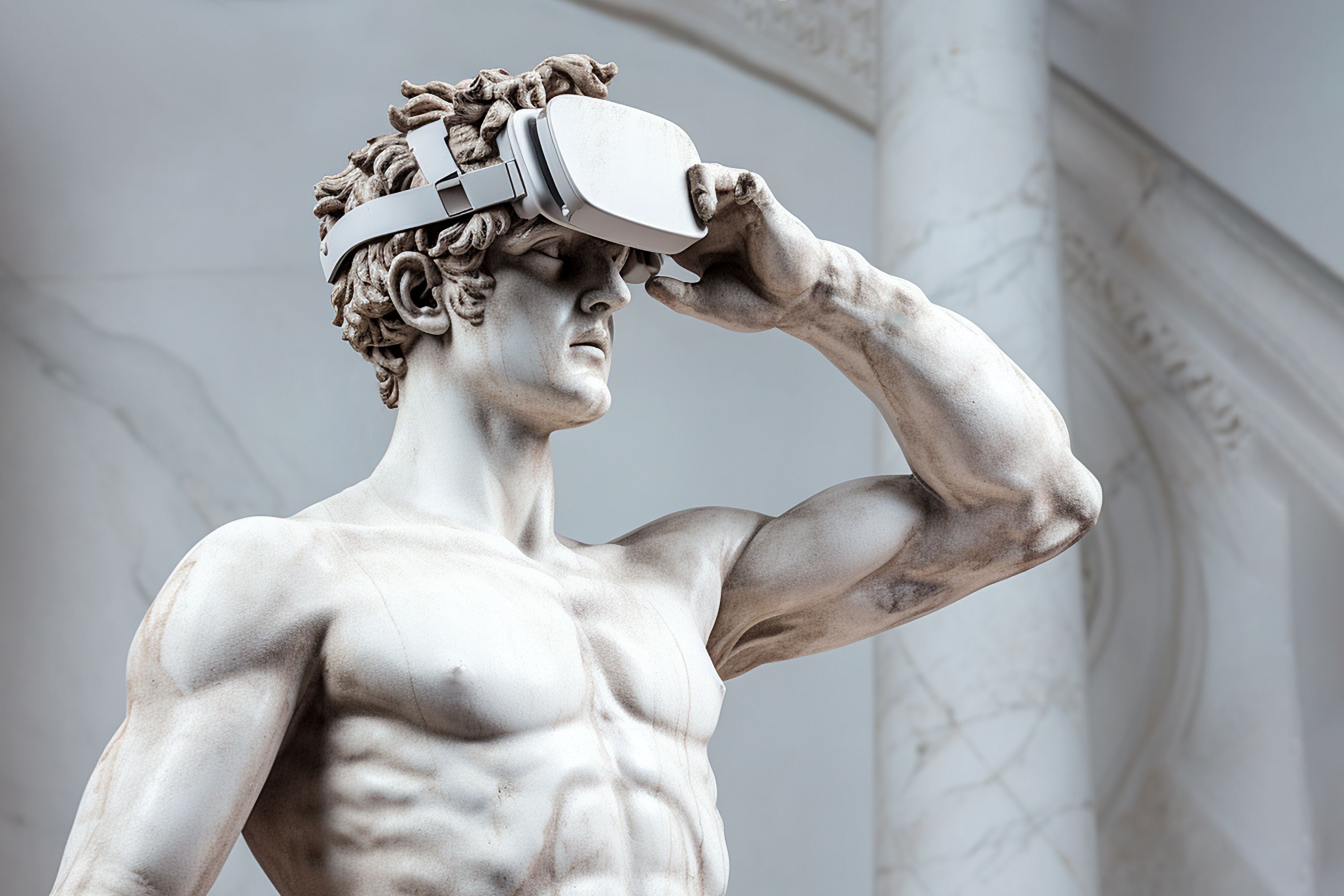Today, we live with profound technological changes permeating every aspect of our lives. For example, the introduction of VR technologies in classrooms has given a new shape to the educational landscape, particularly in social sciences and history domains. Now, virtual reality technologies have become a powerful tool to transform how we perceive, teach, and learn about social sciences and history. In fact, students can transcend the boundaries of time and space, finding themselves and the very heart of historical events. In this blog post, we explore how VR can unlock vast possibilities for social science education, especially in history.
Virtual Reality in History: What Are the Benefits?
VR technologies provide a multitude of benefits that can revolutionize the teaching and learning of history. Are you wondering what those advantages are? Keep reading to learn more.
VR is a Powerful Tool to Change the Classic Lecture Format
According to Daniel Opperman, VR technologies have been successfully integrated into the social science teaching methods canon. However, the classic lecture format still prevails in universities. How to add VR to the social sciences and history classrooms, then?
From his point of view, virtual reality and other technologies, besides e-learning and videoconferencing platforms, can be an interesting addition to higher education. In Australia, students have used VR to visit real-life environments out of the reach of professors and university structures, making the learning process more autonomous.
Therefore, the application of VR in academia Is one of the possible approaches to use technology in higher education. VR can be an object of academic research itself or a method for experimental research and teaching social sciences and history.
VR Can Benefit Social Science Research
In psychology, scientists claim that VR is not enough to understand complex behaviors. Others believe that, despite its limitations, VR can benefit psychological research. For instance, scientists can use virtual reality technologies to gather data about their subjects, analyze them, and capture their behaviors.
However, Daniela Duca asserts that virtual reality can be constructive when studying human practices or behaviors that are not possible in real life, like illegal activity or domestic violence. Also, VR technologies can reduce researchers’ implicit bias and help victims to overcome their traumas. In these situations, VR is a valid tool for social research and medical assistance.
VR Can Enhance the Teaching of The Past
VR can enhance teaching history, and technological giants like Microsoft have focused their attention on education. In the case of history, VR allows students to participate in historical expeditions to the Angkor Archaeological Park of Cambodia. By doing this, students could see, from different places, the ancient city of Angkor, a UNESCO World Heritage Site.
In historical academic research, virtual reality has the power to represent the past in a very vivid way. Sean Kheraj explains how ample VR applications are in public research history. Today, we know immersive VR videos of the history of the Olympic Games with 3D reconstructions of stadiums in the last three centuries, particularly in Athens, Los Angeles, Mexico City, and Beijing.
Current Applications of VR in History Teaching
Virtual Trips to Historical Sites
History professors and lecturers can take advantage of VR and take their students on virtual trips to historical sites. Fortunately, history is no longer bounded by time or geography thanks to VR. Students and instructors can explore ancient sites, like Damascus in 1260 BC, and learn everything about Aramaean culture in the 11th century BC from their homes just using a VR headset.
**Simulation of Historical Events **
History teachers can also make the most out of the simulation of historical events. This is especially important for the field of architecture, cultural heritage, and museums.
Today, it’s possible to simulate historical events via virtual reality technologies, like the emergence of the Antikythera mechanism in ancient Greek from the 2nd century BC.
A study by the journal Applied Science explained how students could discover the uses of the Antikythera mechanism and predict astronomical positions and eclipses via VR. They also learned how the ancient Greeks tracked the four-year cycle of the ancient Olympic Games by only utilizing this device in a virtual setting.
Virtual Museum Tours
Museums have been utilizing immersive technologies in order to create virtual exhibits and tours, making culture and heritage accessible to global audiences. By doing this, museums have created an inclusive approach to history and archaeology learning and teaching with virtual reality. Crossing borders to visit a museum and bearing travel expenses has become a thing of the past.
Today, you can visit the British Museum of London and the Guggenheim Museum from a Latin American country if you have an excellent Internet connection and VR headsets. If you want to learn more about the modern and contemporary art history in South Korea, you can take a virtual tour too! When it comes to exploring history with VR, possibilities are endless.
Implementing VR in Social Studies: Challenges and Possibilities
VR revolutionized how we perceive history, archaeology, heritage, psychology, and social sciences. However, implementing it in the classroom is not free of challenges.
Here are some of the challenges of introducing VR in social sciences and history learning and teaching:
• Cost and accessibility of VR hardware: High-quality equipment can be expensive, and students would find access to classes difficult. In this situation, higher education institutions must provide the necessary elements to allow students to take virtual tours or simulations of historical events.
• Technical issues: Utilizing VR requires expertise. And sometimes, this expertise is not available for both students and professors. Universities can address this challenge by hiring technical personnel who can merge education with technology in social sciences disciplines.
• Effectiveness: VR makes history lessons more interactive and engaging if they align with curriculum objectives correctly. This is how lecturers and professors can assess and ensure pedagogical effectiveness in their classes.
• Ethics: Ensuring all students can access VR hardware regardless of location, economic income, or health condition can be challenging for all universities. Consequently, it’s vital to analyze inclusion issues when using virtual reality technologies in history teaching and learning.
Takeaway
VR has been a game-changer in education, particularly in social sciences and history. Despite the critics, who have not envisioned the potential of virtual reality to enhance education, this technology has proven effective when there are no conditions to teach or learn history, archeology, psychology, and culture.
Virtual reality can bridge the gap between virtual and physical worlds, making teaching and learning of social sciences more inclusive.
Also, when challenges like cost and accessibility of hardware, technical expertise, effectiveness, and ethics are overcome, students and audiences alike can learn about subjects that matter to humanity from their settings, like cultural heritage protection.
If you’re interested in adopting a virtual reality strategy to teach social sciences in your higher education institution, contact Vection Technologies. We’ll gladly help you learn more about the nuances of aligning VR with your curriculum objectives.


